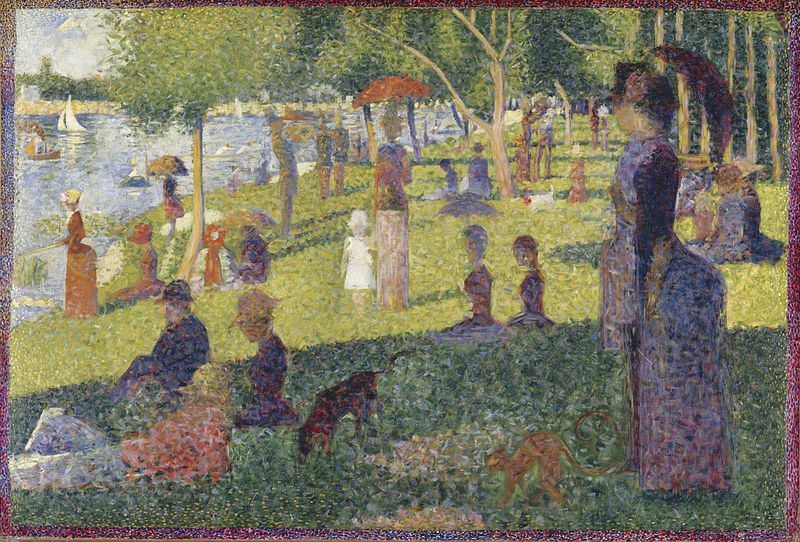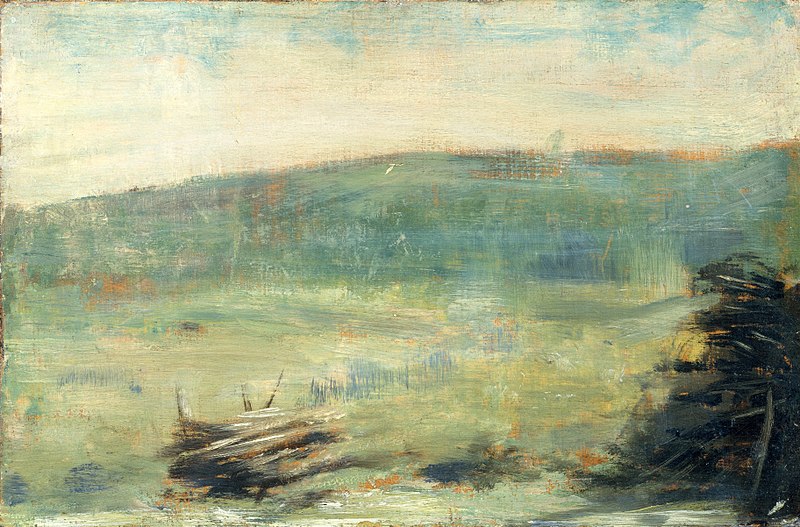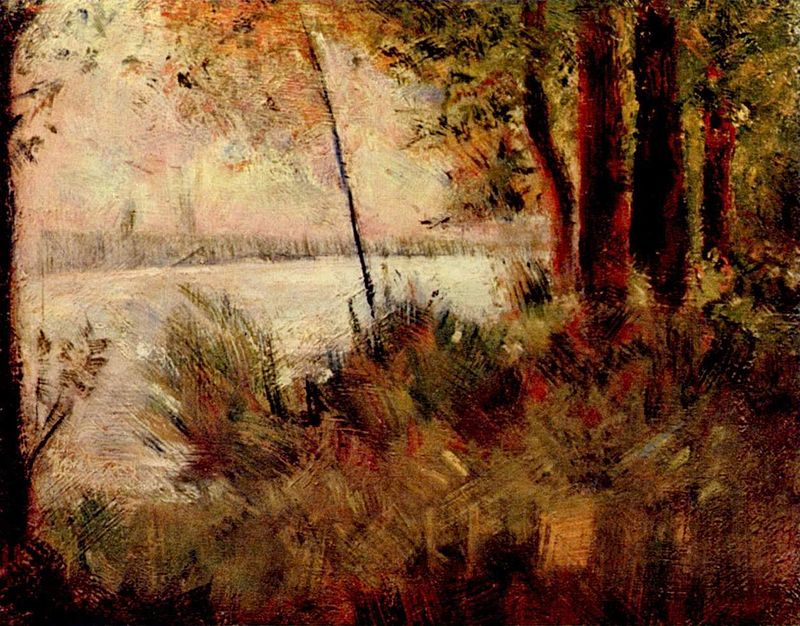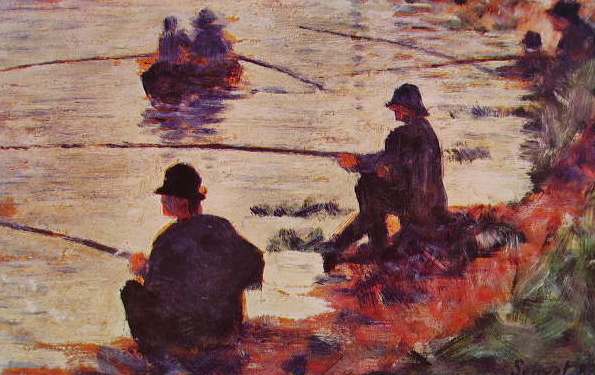Introduction: The Impressionist movement in art revolutionized the way we perceive and represent the world around us. Among the notable figures of this movement, Georges Seurat stands out as a pioneer who pushed the boundaries of impressionism with his unique technique of pointillism. Through his innovative use of dots and meticulous attention to color and light, Seurat made a significant impact on the art world and solidified his place in the Impressionist movement.

Study for A Sunday Afternoon on the Island of La Grande Jatte, 1884–85, Metropolitan Museum of Art, New York
Early Life and Influences: Georges Seurat was born on December 2, 1859, in Paris, France. Growing up in a post-impressionist era, he was influenced by the works of renowned painters such as Claude Monet and Camille Pissarro. These artists inspired Seurat to experiment with the depiction of light, capturing fleeting moments and the ephemeral nature of reality. However, Seurat sought to develop his own distinct style, one that would leave an indelible mark on the art world.
The Technique of Pointillism: Seurat’s most significant contribution to impressionism was the development and refinement of the pointillist technique. Rather than applying brushstrokes in a conventional manner, Seurat used small dots of pure color, which, when viewed from a distance, blended together to create vibrant and harmonious compositions. This meticulous and labor-intensive technique required patience and precision, as each dot played a crucial role in the overall visual effect. Through pointillism, Seurat sought to achieve a sense of luminosity and enhance the brilliance of color in his paintings.
“A Sunday on La Grande Jatte”: Seurat’s most celebrated work, “A Sunday on La Grande Jatte” (1884-1886), exemplifies his mastery of pointillism and its impact on impressionism. The painting depicts a peaceful scene along the Seine River, where individuals from different social backgrounds gather to enjoy their leisure time. Seurat meticulously applied thousands of dots of paint to create the composition, paying particular attention to the interplay of light and color. The result is a captivating and harmonious visual experience, where the colors seem to vibrate and blend seamlessly. “A Sunday on La Grande Jatte” showcases Seurat’s ability to capture the essence of a moment while conveying a sense of timelessness.

Seurat, 1879–80, Landscape at Saint-Ouen, oil on panel, Metropolitan Museum of Art
Scientific Approach and Color Theory: Seurat’s approach to painting was deeply influenced by scientific principles and color theory. He studied the science of optics, particularly the theories of Eugene Chevreul and Michel-Eugène Chevreul, which explored the interaction of colors and the impact of juxtaposition. Seurat’s meticulous use of color was informed by these scientific findings, enabling him to create optical mixtures and achieve a heightened sense of luminosity. By carefully selecting and arranging colors, Seurat was able to produce remarkable visual effects and evoke different moods within his works.

Seurat, 1881, Overgrown slope, oil on canvas, Dallas Museum of Art
Legacy and Influence: Georges Seurat’s groundbreaking technique of pointillism had a profound influence on the development of modern art. His meticulous attention to detail, scientific approach to color, and dedication to capturing light set him apart from his contemporaries. Seurat’s unique style paved the way for Neo-Impressionism, inspiring artists such as Paul Signac and Henri-Edmond Cross. Furthermore, his emphasis on the scientific aspects of color influenced the emergence of movements such as Fauvism and Cubism, where artists explored the subjectivity of color perception.

Fishing in The Seine, 1883, Musée d’art moderne de Troyes
Conclusion: Georges Seurat’s contribution to the Impressionist movement cannot be overstated. Through his mastery of pointillism and dedication to the scientific aspects of color, he created a unique visual language that transformed the art world.
